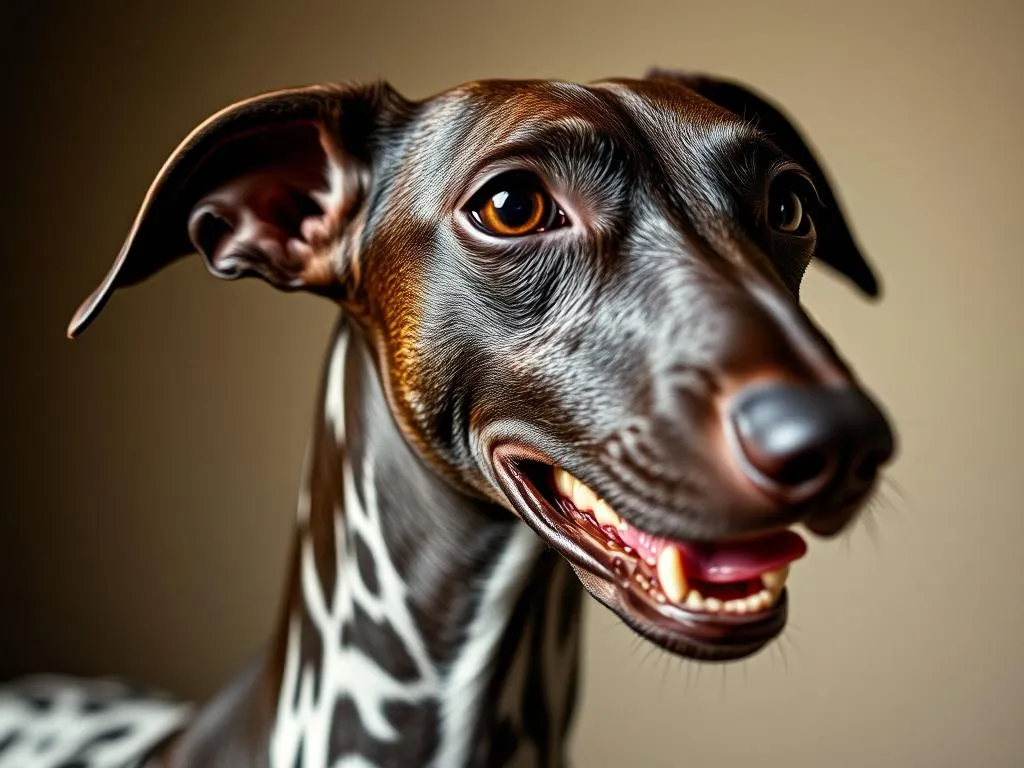
Introduction
Dog breeds encompass a plethora of characteristics, traits, and histories that are significant for potential dog owners. Understanding different breeds aids in making informed decisions about which furry companion to welcome into your home. Among the myriad of breeds, the whippet stands out for its unique blend of grace, speed, and affectionate nature. This article aims to provide a comprehensive overview of the whippet, exploring its history, physical characteristics, temperament, care needs, health considerations, and much more.
History of the Whippet
Origin of the Breed
The whippet is a breed that has a storied past, descending from the greyhound. This breed emerged in England during the 19th century, primarily developed for the purpose of hunting small game and participating in dog racing. The whippet was beloved by the working class for its speed and agility, which made it ideal for catching rabbits and other small prey. Over time, it gained popularity among the upper classes as well, leading to an increase in breeding efforts and the establishment of breed standards.
Cultural Significance
Whippets have played a significant role in both dog racing and hunting, with their slender bodies and incredible speed making them a favorite among racers. These dogs have also made their mark in popular culture and art, often depicted in paintings and literature, showcasing their elegance and companionship. Their presence in various cultural narratives highlights the whippet as not just a racing dog but also a beloved pet.
Physical Characteristics
Size and Weight
In terms of physical dimensions, whippets are medium-sized dogs. Male whippets typically stand between 18 to 22 inches tall at the shoulder, while females are slightly smaller, ranging from 17 to 21 inches. The weight of a whippet generally falls between 25 to 40 pounds, with males being heavier than females.
Coat and Color
The coat of a whippet is short, smooth, and sleek, contributing to its aerodynamic build. This breed is known for its wide array of colors and patterns, including brindle, fawn, blue, black, and white, among others. The variety in coat colors adds to the breed’s appeal and uniqueness.
Distinctive Features
What sets the whippet apart from other breeds is its streamlined body, long legs, and deep chest. These physical traits not only enhance its speed but also give it a graceful appearance. The whippet’s large, expressive eyes and elegant neck further contribute to its striking profile, making it a favorite among dog enthusiasts.
Temperament and Personality
General Temperament
The whippet is known for its friendly and affectionate nature. These dogs are gentle, loving, and thrive on human companionship. They are often described as “couch potatoes” when indoors but exhibit bursts of energy during playtime or walks. This breed’s calm demeanor makes it an excellent choice for families and individuals alike.
Interaction with Families
Whippets are typically great with children and can easily adapt to life with other pets. Their playful yet gentle nature allows them to engage in fun activities with kids, making them wonderful family pets. However, it’s important to supervise interactions with small animals due to the whippet’s hunting instincts.
Intelligence and Trainability
Intelligent and eager to please, whippets respond well to training. They can learn basic commands quickly but may exhibit a stubborn streak at times. Consistent training methods, positive reinforcement, and patience are crucial in effectively teaching a whippet. Engaging them in various activities helps keep their minds sharp and well-stimulated.
Care and Maintenance
Grooming Needs
One of the advantages of owning a whippet is its low grooming requirements. Their short, smooth coat only needs to be brushed occasionally to remove loose hair. Regular baths can be given as needed, and their nails should be trimmed every few weeks to prevent overgrowth.
Exercise Requirements
Whippets are energetic dogs that require regular exercise to stay happy and healthy. A daily routine of 30 to 60 minutes of exercise is recommended. Activities that whippets enjoy include running, playing fetch, and participating in lure coursing. Their speed and agility make them exceptional athletes, and they thrive in environments where they can stretch their legs.
Diet and Nutrition
A well-balanced diet is essential for a whippet‘s health. High-quality commercial dog food, whether dry, wet, or raw, should be chosen based on the dog’s age, weight, and activity level. It’s essential to monitor their weight as whippets can be prone to obesity if overfed. Consulting with a veterinarian can help determine the best dietary plan for your whippet.
Health Considerations
Common Health Issues
Like all breeds, whippets are prone to certain health issues. Some common health concerns include hip dysplasia, heart conditions, and certain eye disorders. Regular vet check-ups and awareness of these potential health problems can help ensure a long, healthy life for your whippet.
Preventative Care
Preventative care is crucial for maintaining your whippet‘s health. Regular veterinary visits for vaccinations, dental care, and health screenings are essential components of responsible pet ownership. Early detection of health issues can significantly improve the quality of life for your dog.
Living with a Whippet
Ideal Living Environment
Whippets are adaptable and can thrive in various living environments, whether in an apartment or a house. However, they do best in homes with access to outdoor space for exercise. A securely fenced yard is ideal, as whippets are known for their speed and may chase after small animals if given the chance.
Socialization and Interaction
Socialization is vital for whippets from a young age. Exposing them to different environments, people, and other pets can help them develop into well-rounded companions. Regular interaction with various stimuli will reduce anxiety and prevent behavioral issues.
Training and Commands
Basic commands such as sit, stay, come, and heel are essential for a well-behaved whippet. Positive reinforcement techniques, such as treats and praise, work best for training this breed. Consistency and patience are key, as whippets may take time to learn new commands.
Whippets in Sports and Competitions
Dog Racing
Whippet racing is a popular sport that showcases the breed’s speed and agility. Events often take place on tracks specifically designed for racing, where whippets chase after a mechanical lure. This sport not only highlights their natural abilities but also fosters a sense of community among whippet enthusiasts.
Agility and Obedience Competitions
Aside from racing, whippets also participate in agility trials and obedience competitions. Their speed and intelligence allow them to excel in these areas, showcasing their versatility as both racing dogs and obedient companions.
Recognition by Kennel Clubs
The whippet is recognized by major kennel clubs, including the American Kennel Club (AKC). This recognition helps maintain breed standards and promotes responsible breeding practices, ensuring the whippet remains a cherished breed for generations to come.
Choosing a Whippet
Adoption vs. Breeder
When considering bringing a whippet into your home, you’ll face the choice between adopting from a shelter or purchasing from a breeder. Adoption can be a rewarding experience, giving a dog a second chance at life. However, reputable breeders can provide you with a puppy that meets specific breed standards. Weighing the pros and cons of each option will help you make the best decision for your lifestyle.
What to Look for in a Breeder
If you decide to go through a breeder, it’s important to choose one who is responsible and ethical. Look for breeders who prioritize the health and well-being of their dogs, conduct appropriate health screenings, and are knowledgeable about the breed. A good breeder should also be willing to answer your questions and provide references.
Considerations Before Getting a Whippet
Before welcoming a whippet into your life, consider your lifestyle, living situation, and ability to provide the necessary care and attention. Assess whether you can meet their exercise needs and provide a loving environment. Understanding the commitment involved will help ensure a successful match between you and your new furry friend.
Conclusion
The whippet is a remarkable breed that combines speed, affection, and adaptability. From its rich history to its unique physical characteristics and gentle temperament, the whippet offers a lot to potential dog owners. With proper care, training, and socialization, a whippet can be a loyal and loving companion. As you explore your options for a new pet, consider the charming whippet and the joy it can bring to your life.
Whether you’re a seasoned dog owner or a first-time pet parent, the whippet is a breed worthy of consideration. By understanding the breed’s needs and characteristics, you can make an informed choice that will lead to a fulfilling relationship with your new furry friend.









